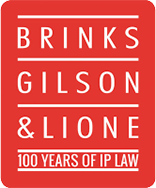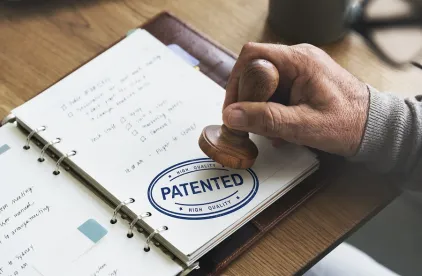Background
On January 16, 2018, the Patent Trial and Appeal Board (PTAB) denied the Petitioner’s request for institution of post-grant review under 35 U.S.C. § 325(d) in Case PGR2017-00038. The Petitioner, Live Nation Entertainment, Inc., filed a Petition to institute post-grant review of U.S. Patent No. 9,466,035 (“the ‘035 patent”), asserting that the claims were unpatentable under 35 U.S.C. § 101 as being drawn to a judicial exception as well as obvious under 35 U.S.C. § 103.
Why was Institution Denied?
The ‘035 patent was eligible for post-grant review. As the PTAB noted, “[t]he post-grant review process is available only to patents subject to the first-inventor-to-file provisions of the Leahy-Smith America Invents Act.” (Decision at 2, Footnote 1.) The application leading to the ‘035 patent was filed on January 13, 2015.
However, the PTAB determined that substantially the same prior art and arguments were previously presented to the United States Patent and Trademark Office during prosecution of a related patent with similar claims. While the ‘035 patent was a pending application, a continuation application was filed which later issued as U.S. Patent No. 9,639,811 (“the ‘811 patent”). The PTAB referred to the ‘811 patent’s prosecution history, pointing out the substantially similar arguments already rejected during examination of the ‘811 patent combined with immaterial differences in claim language of the two patents, thereby rendering its denial of institution of post-grant review of the ‘035 patent.
Judicial Exception
The Petitioner argued that “the claims of the ‘035 patent are ineligible for patenting because they are similar to the claims affirmed as patent-ineligible in [FairWarning IP, LLC v. Iatric Systems, Inc., 839 F.3d 1089 (Fed. Cir. 2016)].” (Decision at 12.) However, this argument was already presented to and rejected by an examiner during prosecution of the ‘811 patent. The PTAB concluded that the claims of the ‘811 patent were “of very similar scope to those being challenged here,” (Id.) and the Petitioners failed to identify material differences between the claims of the ‘811 patent and the ‘035 patent.
Obviousness
The Petitioner alleged obviousness of the ‘035 patent’s claims under various combinations of references. However, the obviousness allegations hinged on one particular reference, Scarborough, which was cited “for every limitation of every challenged claim.” (Decision at 13; emphasis in original.) During prosecution of the ‘811 patent, the examiner considered and rejected a third party submission of “a detailed claim chart purporting to map Scarborough to every limitation of every claim,” (Id.) determining that Scarborough failed to teach specific claim elements. Using substantially the same arguments presented to the examiner during prosecution of the ‘811 patent, the Petitioner unsuccessfully relied on Scarborough for teaching some of those same claim elements that the examiner already determined were lacking. For the additional references presented for certain missing elements, the PTAB concluded that the Petition lacked reasoning for “why a person of ordinary skill in the art would have incorporated that particular teaching.” (Decision at 16.)
Avoiding Denial of Institution: Practice Tips for Petitioners
Petitioners requesting review by the PTAB should examine the patent claims, prior art, and proposed arguments along with the prosecution or trial history of related patents to determine whether there is a possibility that the patent owner will allege that substantially the same prior art and arguments were previously presented. If so, this case provides support for implementing strategies for avoiding denial of institution under 35 U.S.C. § 325(d).
For example, a petitioner’s requirement to identify related matters may include identification of the prosecution history of other members of the patent family, particularly if the claims are similar. If a petitioner avoids pointing these matters out to the PTAB in the petition, the petitioner risks the Board’s disapproval for this omission. In addition, pointing out the previously made arguments in related matters in the petition allows the petitioner to provide the Board with its reasoning for why the current arguments are not substantially similar – before the Board hears the patent owner’s perspective.
A petitioner should further explain to the Board why the arguments are not substantially the same as those previously presented in the related matter. This requires more than merely an affirmative statement. As part of this explanation, the petitioner should identify differences between the claims of the challenged patent and the related matter, particularly differences that are material to the possible application of 35 U.S.C. § 325(d). For example, if a reference was previously determined to lack a certain teaching in the related matter, use a different reference to provide that element and provide reasoning for the combination of references.
For obviousness grounds, where a petitioner is relying on a reference that was previously presented as part of argument in the related matter, a practitioner should provide the Board with a variety of combinations of references. If there is a risk that the Board will apply 35 U.S.C. § 325(d), the petitioner should avoid the possibility of all obviousness grounds falling based on a common reliance on one, previously-presented reference. Before filing the petition, a petitioner may wish to obtain additional references for generating more prior art combinations for obviousness grounds.





 />i
/>i

